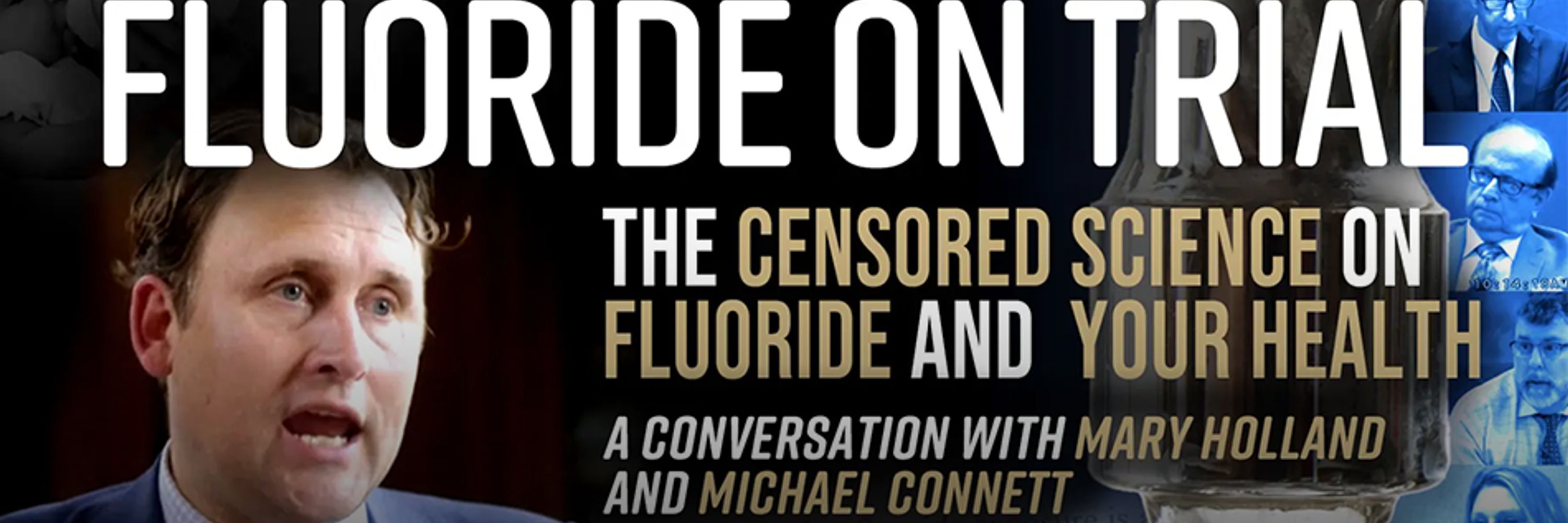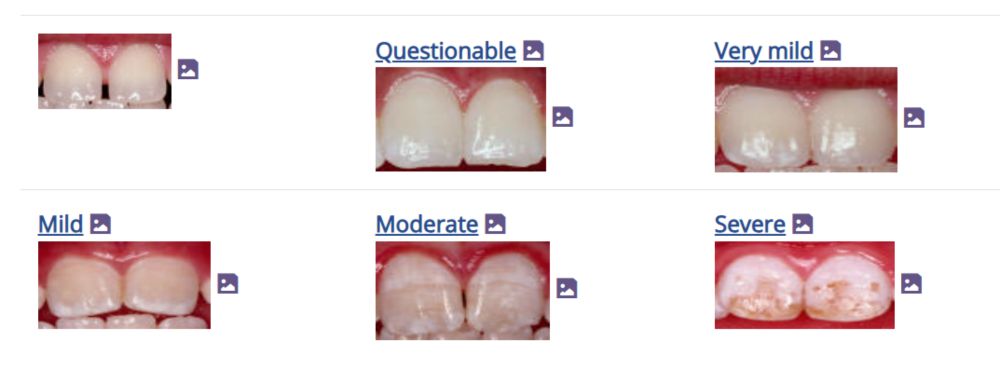The association of fluoride exposure with bone density and fracture risk: a dose-response meta-analysis - Environmental Health
Fluoride exposure and its effects on human health are controversial and highly debated. While beneficial in preventing dental caries, fluoride has been linked to skeletal and dental fluorosis at high levels, as well as other adverse health endpoints in children and adults. However, the safe range of exposure for bone health remains poorly defined. We used existing literature to quantify the dose-response relation between fluoride exposure and bone health, focusing on fracture risk and bone mineral density (BMD). We conducted a systematic review and dose-response meta-analysis by searching literature in online databases (MEDLINE/PubMed, Embase and Web of Science) up to August 26, 2025, and by pooling results of studies examining fluoride exposure and its associations with bone health outcomes, namely fracture risk and BMD. We also conducted stratified analyses by sex, age, and fracture site. This study is registered in PROSPERO (CRD42022321899). We included 37 studies published between 1945 and 2024. 10 pertained to bone density only; 19 to bone fractures only; and eight to both outcomes. We found a non-linear, positive relation between fluoride exposure and fracture risk, with an indication of an approximate threshold around 1.5 mg/L of fluoride in drinking water and a nearly linear increasing fracture risk above that concentration (risk ratios of 1.06, 1.19 and 1.35 at 2.0, 3.0 and 4.0 mg/L, respectively, compared to null exposure). Sex-specific dose-response analyses, available only for fragility fractures, indicated an effect in females but little or nothing in males. The association between fluoride and BMD was inconsistent, showing opposite trends for different bone sites (hip and spine) and amounts of exposure, and by sex. Among females aged over 50 years, an association of drinking water fluoride with fragility fracture risk started as early as around 0.5 mg/L (risk ratio of 1.26 at 1.0 mg/L). This study indicates increased risk of fractures with fluoride exposure > 1.5 mg/L in drinking water, with an enhanced susceptibility in postmenopausal females. These findings, which appear consistent with those yielded by recent pooled analysis related to other endpoints in children, may be helpful in assessing the risk-benefit profile for fluoride exposure. not applicable.


















